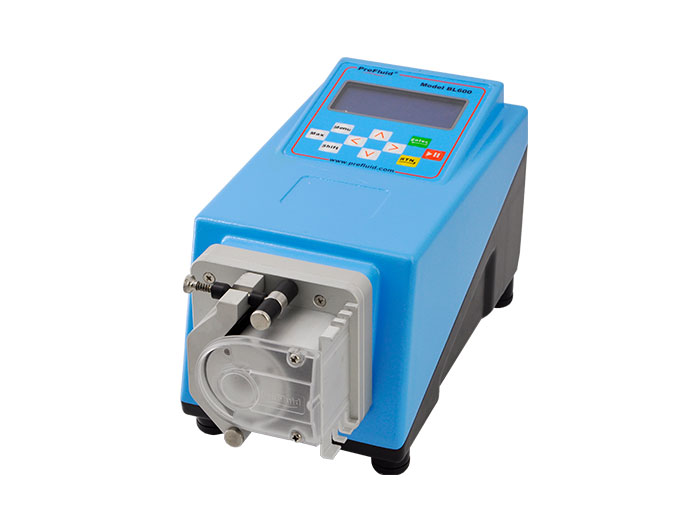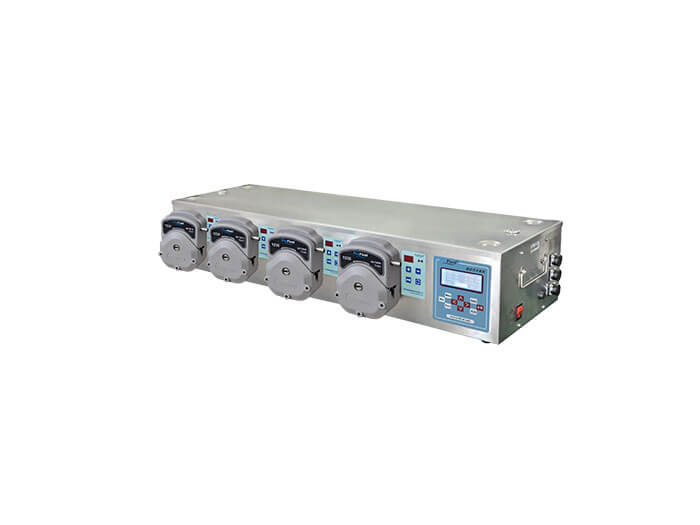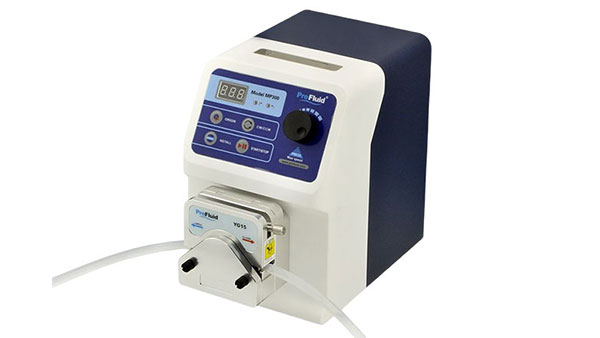Pressure pumps and peristaltic pumps are common industrial equipment and are widely used in many industries. They each have unique characteristics and advantages, but in some cases, they can be combined to achieve greater efficiency and better performance. This article will introduce the basic principles and characteristics of pressure pump and peristaltic pump in detail, and how to use them together, to help readers better understand and apply the two devices.
First, the basic principle and characteristics of the pressure pump
A pressurized pump is a device that increases the pressure of a liquid or gas to a desired level. It uses mechanical, electric, hydraulic or pneumatic principles to produce high pressure fluids. The main features of the pressure pump are as follows:
1. Large flow: The pressure pump can produce a large liquid or gas flow, suitable for dealing with a large number of media occasions.
2. High pressure: The pressure pump has a high output pressure, which can raise the liquid or gas pressure to the required level.
3. Good stability: The pressure pump runs stably, and the output flow and pressure can maintain high stability.
Second, the basic principle and characteristics of peristaltic pump
Peristaltic pump is a device that uses peristaltic movement to generate pressure and transport liquid through a pipeline. It produces pressure difference through extrusion and expansion pipeline to achieve liquid transportation. The main features of peristaltic pump are as follows:
1. High conveying accuracy: The peristaltic pump can achieve precise control of the liquid by controlling the extrusion degree of the extrusion pipe.
2. Strong adaptability: peristaltic pump has low requirements for the transport medium, and can adapt to the transport of various liquids or gases.
3. Compact size: peristaltic pump structure is simple and compact, occupy less space.
Third, the combination of pressure pump and peristaltic pump
The combination of pressure pumps and peristaltic pumps can give full play to their respective advantages to achieve higher efficiency and better performance. There are several common ways to use the combination:
1. Pressure pump provides pressure, peristaltic pump provides flow: The pressure pump pushes the medium to the peristaltic pump by producing high pressure liquid or gas, and the peristaltic pump is responsible for stably transporting the medium to the target position. This collocation method is suitable for occasions where the medium needs to be stable and the conveying flow is large.
2. The pressure pump provides flow, and the peristaltic pump provides precise control: The pressure pump sends the medium to the peristaltic pump by generating a large flow medium, and the peristaltic pump achieves accurate control of the medium by controlling the extrusion degree of the extrusion pipe. This collocation method is suitable for occasions where the medium needs precise control and the flow rate is large.
3. Pressure pump and peristaltic pump alternately work: pressure pump and peristaltic pump alternately work, by controlling the working time and working order of both, to achieve continuous and stable medium transmission. This combination is suitable for occasions where the medium needs to be continuously supplied and the flow and pressure are required to be stable.
In summary, pressure pumps and peristaltic pumps are two common types of industrial equipment, which can be applied independently or can be used together to achieve better results. According to the specific use needs and scenarios, choosing the right collocation can improve work efficiency and product quality.


